5 Developmentally Empathic Moves Administrators Can Make in Schools
By Sarah Goldman
February 1, 2023
Students in upwardly mobile communities are feeling pressure from their parents, peers, and community members to excel at multiple academic and extracurricular pursuits to bolster their long-term prospects. Recent studies are finding children who attend competitive schools- many of them private schools, serving affluent families, including Third Culture Kids (TCKs)- are experiencing the effects of this trend towards “hyper schooling” which can have negative implications for growing children and adolescents.
Stress itself is not always negative, in fact some is necessary for optimal performance. However, when pressure is chronic it can be harmful to adolescents. In his book, At What Cost? David Gleason describes the issue with hyper schooling and makes recommendations for how administrators can mitigate their negative effects.
The Problem:
A growing number of students are competing for a shrinking number of spots to top universities. University admissions are finding a “sea of sameness” in applicants- All with top scores, a variety of extracurriculars and many accolades. More students are performing at higher levels, but are losing their sense of self and missing out on an important time in development to explore their individuality in a race to get to the top.
The expectations that we have for children and adolescents are not in line with their developmental capacities, nor is their brain developed enough to manage the resulting pressure that comes from these expectations. The areas of the brain involved in executive functioning are the last to develop and students still-developing neural structures means their response to the world is largely driven by emotion, not reason. The neurologist Francis Jensen warns that stress on top of an already overactive stress response system can [lead to] crippling fear and anxiety throughout the remainder of their life. The pressure students feel can be toxic to the brain and interfere with proper growth.
At the onset of puberty, and for the next three years, adolescents are at a sensitive period in which the effects of environmental stimulation on brain structure and functions are maximized. What students interpret about their experience at this time of their life has a more profound impact than at any other time in their life. We are laying the foundation for how they manage their identity, relationships and emotions long term.
This is the most critical time to ensure the learning environment appropriately supports the healthy development of these students. Below are David Gleason’s recommendations for supporting students based on their needs.
Recommendations for developmentally appropriate learning environments
Schedule your priorities: Create more downtime for students during the day in order to give students an appropriate balance of challenge and support
Later start time: Adolescents ideally should be getting just over 9 hours of sleep a night to support brain development and function, but any improvement in this area is helpful and a later start time can help.
Teach “The Big Four”: 9th and 10th graders who have the most trouble in being “successful” in school benefit from direct instruction on the following executive functioning skills: Organizational skills, task initiation, time management, and emotional regulation.
Mindfulness: Teaching mindfulness supports all of CASEL’s framework competencies. For more information on a successful mindfulness training program see our interview with Lina Paumgarten.
Review the homework policy: ask yourself the following questions about homework:
Given their schedule, is a reasonable amount being assigned for them to be able to complete it without being overworked?
Is it truly necessary to enhance learning?
Do students have a voice in their homework?
Provide enough opportunities for students to discover and develop their identity
Electives, community service opportunities, and other beyond-the- classroom experiences that allow students to explore and expand the non-academic side of themselves without the pressure of grades.
“I know that the message in my book is still relevant today, perhaps even more relevant these days. That said, it is a message that is not “out there“ enough because schools are still in recovery mode from Covid. The mere idea that parents and school administrators and teachers should take greater responsibility for their students’ mental health was not popular when the book came out, and it certainly is not popular now … and the students are suffering because of that.” David Gleason
It is no surprise to the adults in these student’s lives that they are feeling overworked and overwhelmed and we want to support them and celebrate who they are beyond a grade. The tips above are some helpful ways to start. For more information, read David Gleason’s book At What Cost?
